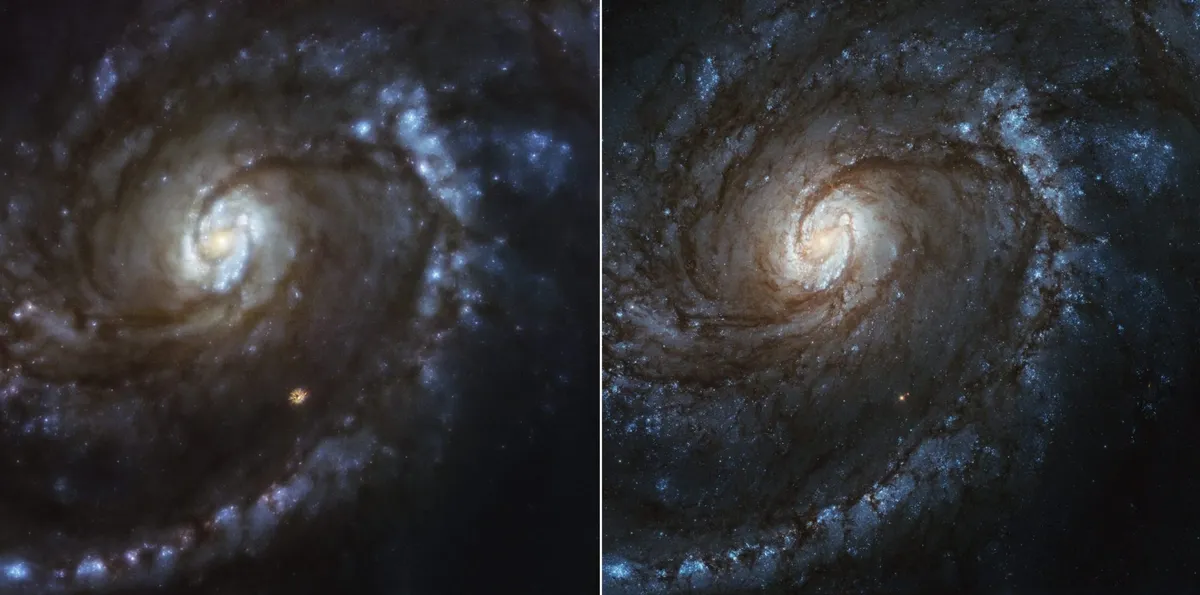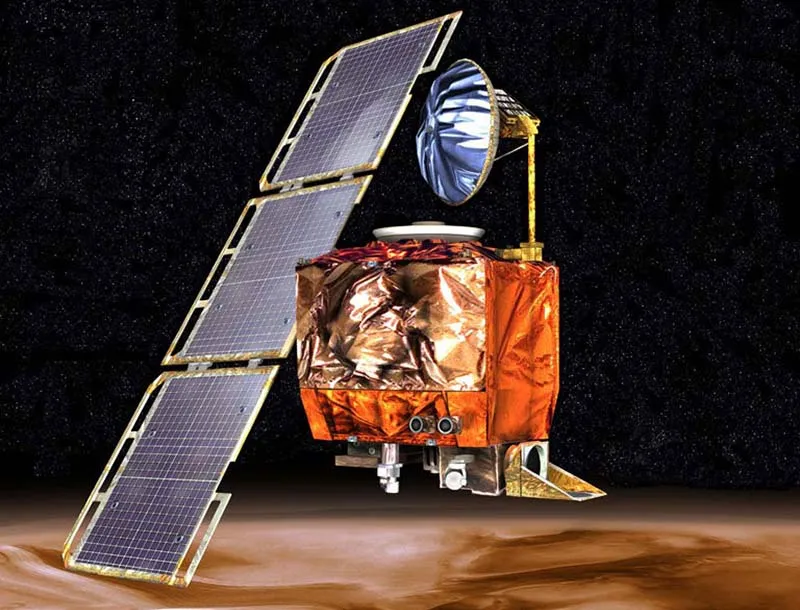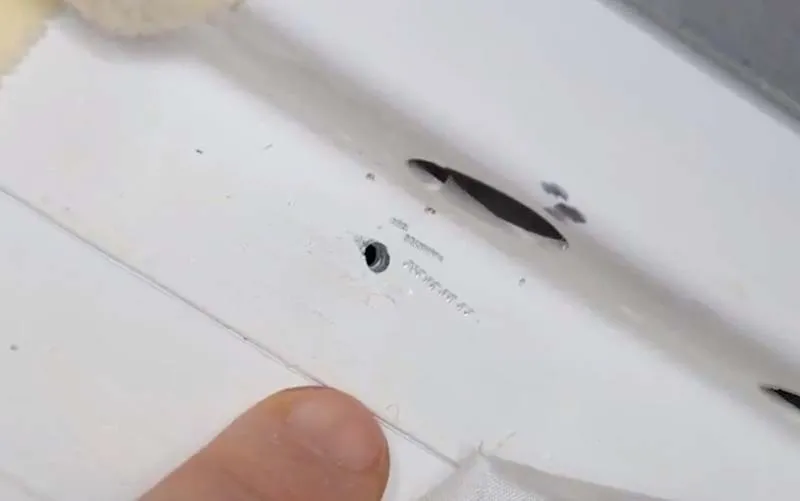Science fiction may have informed us in 1979 via Alien that “In space no one can hear you scream”, but the verbal anguish from control centres here on Earth when space missions go wrong has at times been all too loud and clear.
Journeying into and exploring space is tricky. That much should be clear to just about anyone, and throughout the history of space exploration there have been numerous mistakes, accidents and errors that have taught us some valuable lessons.
Here are 6 of the biggest mistakes, accidents and errors to have occurred in the Space Age.
Space mistakes, accidents and errors
Hubble's blurry vision

Take the Hubble Space Telescope. Anticipation surrounding the launch of the Earth-orbiting observatory was immense, and all eyes were on its first images.
However, it was soon apparent after the $1.5 billion instrument was deployed in April 1990 that something was awry: the long-awaited crystal-clear views of the heavens looked worryingly blurry.
The cause of the Hubble Space Telescope's blurry vision was spherical aberration in its primary mirror.
Instead of a sequence of glorious pictures, Hubble squinted hopelessly into the distance.
But a 1993 spacewalk corrected the flaw in Hubble's mirror, just 1/50th the thickness of a human hair, and the telescope has exceeded expectations ever since.
- ‘How we fixed Hubble’: An interview with former astronaut Story Musgrave
- How long does it take to get to space?
NASA's Mars Climate Orbiter

Mars isn’t called the graveyard of spacecraft for nothing, but the cause of one mission failure must have been particularly hard to bear.
Designed to study the planet from orbit and provide a communications relay, NASA’s Mars Climate Orbiter instead met a fiery death in the Martian atmosphere in September 1999.
It was later found that the $125 million craft was sent off course by a misunderstanding between the team at the Jet Propulsion Laboratory, who used metric measurements in their calculations, and the team at Lockheed Martin Astronautics in Denver, who built the orbiter using imperial inches and feet.
Beagle 2
In what was to have been a triumph for the European Space Agency (ESA), Beagle 2 was despatched to Mars with a touchdown date of 25 December 2003.
However, there was no Christmas Day greeting from the Red Planet, just an ominous silence.
ESA eventually learned what had become of Beagle 2 in January 2015, after images of it on the Martian surface revealed that it had touched down but hadn’t deployed all its solar panels.
Without enough power, poor Beagle couldn’t even muster a lonely howl from the dusty surface.
Space Station mistakes
Humanity’s orbiting outpost, the International Space Station (ISS), hasn’t been immune from mishap either.
Who can forget the tool bag that drifted slowly away from a spacewalking astronaut’s desperate grasp in November 2008.
A decade later, in August 2018, the crew, alerted to a sudden drop in cabin pressure, discovered a tiny 2mm hole in the Russian Soyuz module that was docked with the ISS.

Said to be caused by a drill slip during a repair job on Earth, it was patched up with epoxy and tape.
More recently, the arrival of the Nauka module at the ISS sent it into a spin, literally.
Almost 15 years late for its first planned launch, when the Roscosmos (Russian space agency) lab docked in July 2021, an unplanned burn of its engines caused the whole ISS to rotate one and a half times before the fuel ran out.
However, like the great, perilous sea voyages of maritime history, when the prospect of a tall ship arriving at a distant shore instilled a spirit of adventure, that same spirit continues with those who are expanding the frontiers of human exploration today.
This article originally appeared in the December 2021 issue of BBC Sky at Night Magazine.

